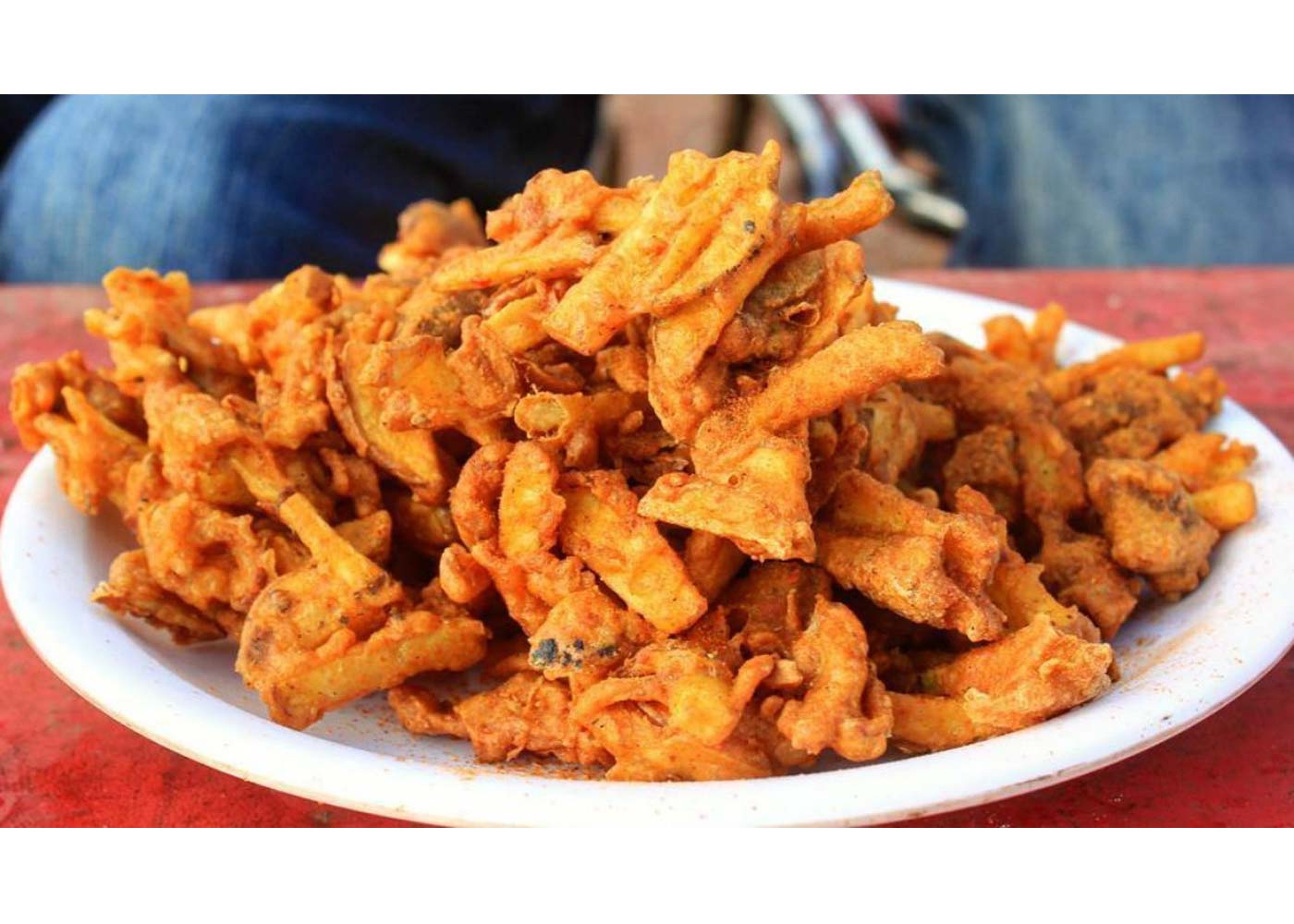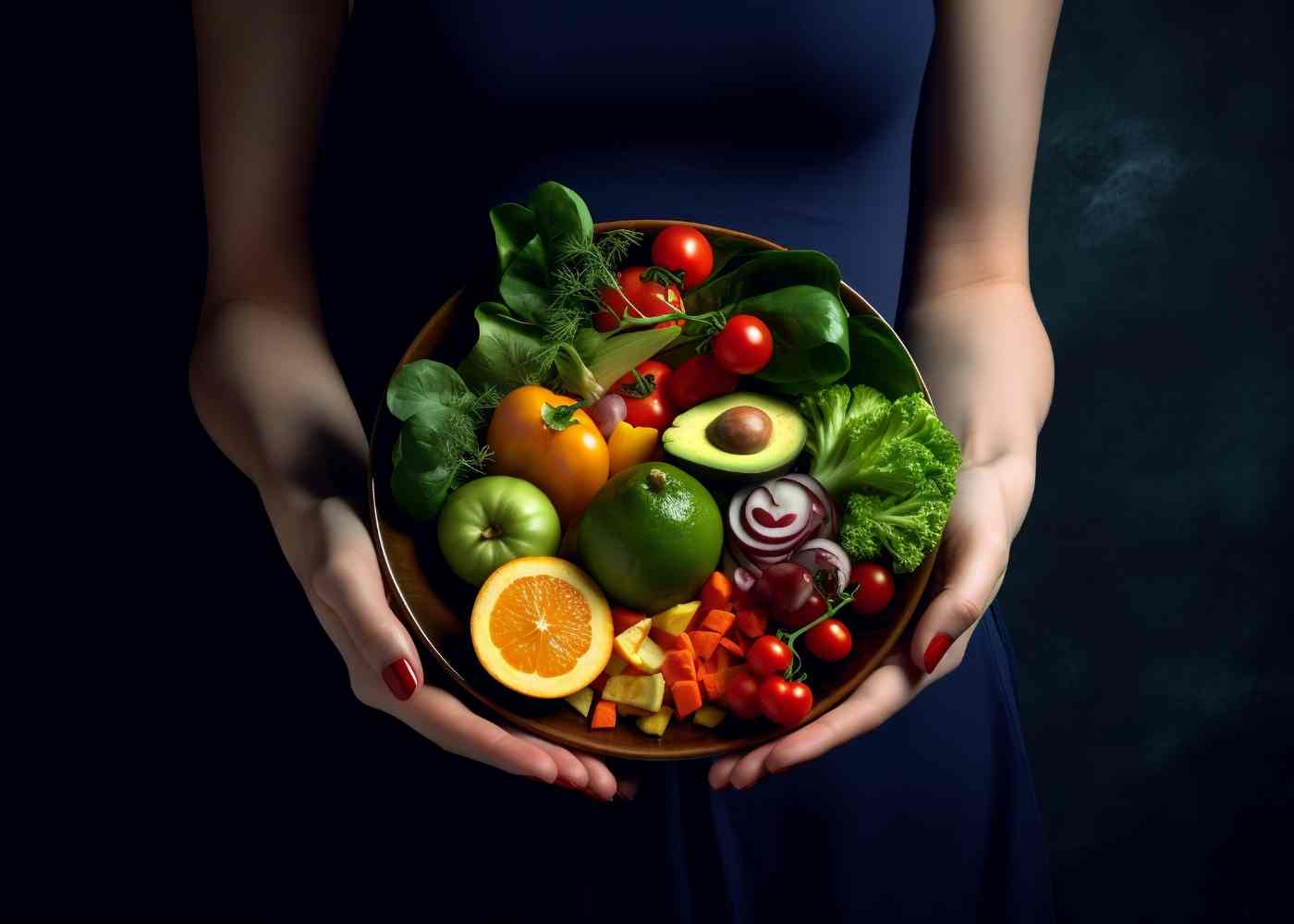
Street food is a prominent feature of Pakistani cuisine and
culture. It is an integral part of the country's food landscape and a
reflection of its rich culinary history. Street food can be found in every
corner of the country, from bustling cities to small towns, and it is a popular
and affordable option for both locals and tourists. In fact, street food has
become a staple of Pakistani culture, with many people growing up eating at
street food stalls, and it is often associated with the vibrant and bustling
atmosphere of the country's streets.
History:
The history of street food in Pakistan dates back to the
Mughal Empire, which ruled the Indian subcontinent from the early 16th to the mid-19th
century. The Mughal emperors were known for their love of food and they
introduced a number of dishes to the region. These dishes were often sold by
street vendors in the bustling bazaars of the time. Over time, street food in
Pakistan has evolved and has been influenced by various cultures, including
Arab, Persian, and British.
Street food in Pakistan is diverse and ranges from savory
snacks to sweet desserts. Some popular street food items include samosas, pakoras,
chaat, and kebabs. These dishes are made using a variety of ingredients,
including vegetables, meat, and spices. Each region of Pakistan has its own
unique street food culture, with different variations of popular dishes.
Despite its popularity, street food in Pakistan has been the
subject of controversy due to concerns over hygiene and safety. In recent
years, the government has implemented stricter regulations to ensure that
street food vendors maintain high standards of cleanliness and hygiene. Despite
these challenges, street food remains an essential part of Pakistani culture
and an important aspect of the country's culinary heritage.
The Cultural Significance of Street Food in Pakistan
Street food in Pakistan holds great cultural significance,
as it represents the country's diverse culinary traditions and is an important
part of its cultural heritage. The cultural importance of street food in
Pakistan can be analyzed from multiple perspectives, including its role in
bringing people from different socio-economic classes together, its
affordability, and its contribution to the local economy.
One of the key aspects of street food culture in Pakistan is
that it brings together people from different socio-economic classes, which has
social implications. It is not uncommon to see people from all walks of life
enjoying a quick snack or a hearty meal at a street food stall. In addition to
this, street food is an affordable option for many people who cannot afford to
dine at restaurants or cafes. The affordability of street food, however, raises
concerns over hygiene and safety, which is an important aspect of a critical
essay. This brings up the question of the role of the government in regulating
street food to ensure hygiene and safety standards are met.
Furthermore, street food plays a significant role in the
local economy of Pakistan. Street food vendors are often self-employed and are
able to earn a livelihood by selling their wares. They contribute to the
informal economy of the country and help create jobs for others as well. This
economic aspect is significant when analyzing the impact of street food on
Pakistani society, as it highlights the entrepreneurial spirit of street food
vendors and their role in contributing to the country's economy.
Overall, street food in Pakistan is not just a source of
delicious and affordable food, but also a symbol of the country's rich cultural
heritage, entrepreneurial spirit, and social diversity. However, as a critical
essay, it is important to analyze the various aspects of street food culture in
Pakistan, including the concerns over hygiene and safety, and the economic
implications of street food vendors in the country.
The Variety of Street Food in Pakistan
The variety of street food available in Pakistan is a
testament to the country's diverse culinary landscape. Each region of the
country has its own unique street food culture, and the dishes that are most
popular can vary depending on the location. In Punjab, for example, street food
such as channa chaat and chicken tikka are particularly popular, while in
Sindh, one can find spicy biryani and Haleem, a slow-cooked meat and lentil
stew.
Some of the most popular street foods in Pakistan include
samosas, which are deep-fried pastry triangles filled with spiced potatoes or
meat. Another popular street food is pakoras, which are fried fritters made
with vegetables such as onion, potato, and spinach. Chaat, a sweet and tangy
dish made with a mixture of chickpeas, potatoes, and various chutneys, is also
a popular street food in Pakistan. Additionally, kebabs and tikka, which are
pieces of marinated meat cooked on skewers over a charcoal flame, are a staple
of street food culture in the country.
Street food in Pakistan is a representation of the country's
diversity and fusion of various cultural influences. Due to the country's
location at the crossroads of various trade routes, it has been influenced by
many different cultures over the centuries. The street food of Pakistan
reflects this diversity, with dishes that incorporate flavors and techniques
from various cultures such as Indian, Persian, and Arabic. This fusion of
flavors has helped to create a unique cuisine that is loved by people all over
the world. Street food is a way of celebrating the diversity of Pakistan, and
it is an essential part of the country's cultural identity.
The Challenges and Controversies Surrounding Street Food in
Pakistan
The popularity of street food in Pakistan has not come
without its fair share of challenges and controversies. One of the biggest
concerns associated with street food consumption is health and safety.
Unregulated street food vendors may not adhere to basic food safety standards,
which can lead to foodborne illnesses.
In addition, the lack
of proper storage and preparation facilities can contribute to contamination
and spoilage. The government of Pakistan has implemented various measures to
ensure that street food vendors maintain hygiene and sanitation standards, but
implementation remains a challenge.
The government has also regulated the prices of street food
items, which has impacted the livelihoods of vendors. Many vendors operate on
low profit margins and the implementation of these regulations has resulted in
reduced earnings. Moreover, vendors have faced fines and legal action for
non-compliance with regulations.
These challenges have resulted in a decline in the number of
street food vendors in some areas, affecting the food culture of Pakistan.
Critics have also accused western countries of cultural
appropriation of street food. Some popular street food items such as samosas
and pakoras have become popularized in western countries and have been marketed
as œexotic foods. These foods have been adapted to suit western tastes,
resulting in a loss of cultural authenticity.
The trend of
appropriation of Pakistani street food has led to criticism from the Pakistani
community, who argue that the cultural significance of street food is being
diluted.
In conclusion, while street food is an integral part of
Pakistani cuisine and culture, it faces a number of challenges and
controversies. Health and safety concerns, government regulations, and cultural
appropriation are just some of the issues that need to be addressed to ensure
the sustainability and preservation of Pakistan's street food culture.
It is important to recognize the cultural significance of
street food and work towards a more inclusive and respectful approach towards
this aspect of Pakistani cuisine.
The Final Words
In conclusion, street food is not just a type of cuisine in
Pakistan but a significant part of its cultural heritage. From its Mughal
origins to its modern-day iterations, it is a reflection of the country's rich
culinary history and a testament to the diversity and vibrancy of its people.
Despite its
challenges and controversies, it remains a popular and affordable option for
both locals and tourists alike. The health and safety concerns associated with
street food consumption have been acknowledged and are being addressed by the
government, but at the same time, preserving the cultural authenticity of
street food in Pakistan is just as crucial.
With a growing interest in global food culture, it is important to recognize the cultural significance of street food and work towards a more inclusive and respectful approach towards this aspect of Pakistani cuisine. Therefore, we need to celebrate street food as a unique and irreplaceable part of Pakistan's food landscape, and do our part to ensure that it continues to thrive and prosper for future generations to come.
Author:
I am Tehreem Zafar, a Pakistani writer who specializes in writing about food, nutrition, health, fitness, and balanced lifestyles. In my articles and essays, I use eloquent language to explore topics related to healthy eating and well-rounded living. When I'm not writing, I enjoy travelling and exploring nature. You can stay connected with me at www.dntehreemzafar.com.




















